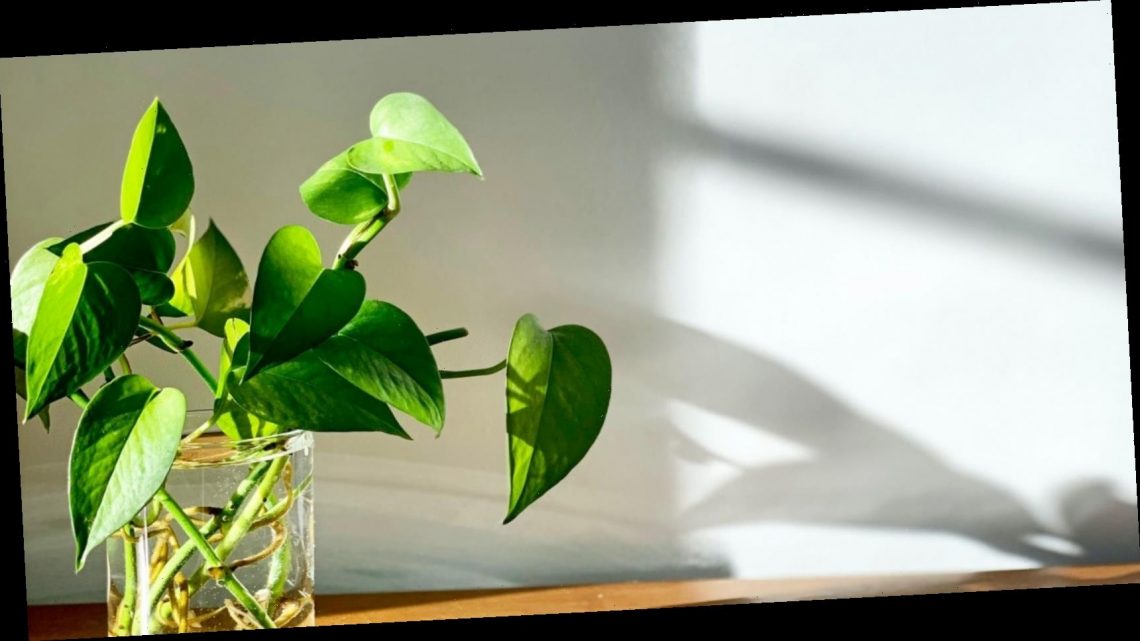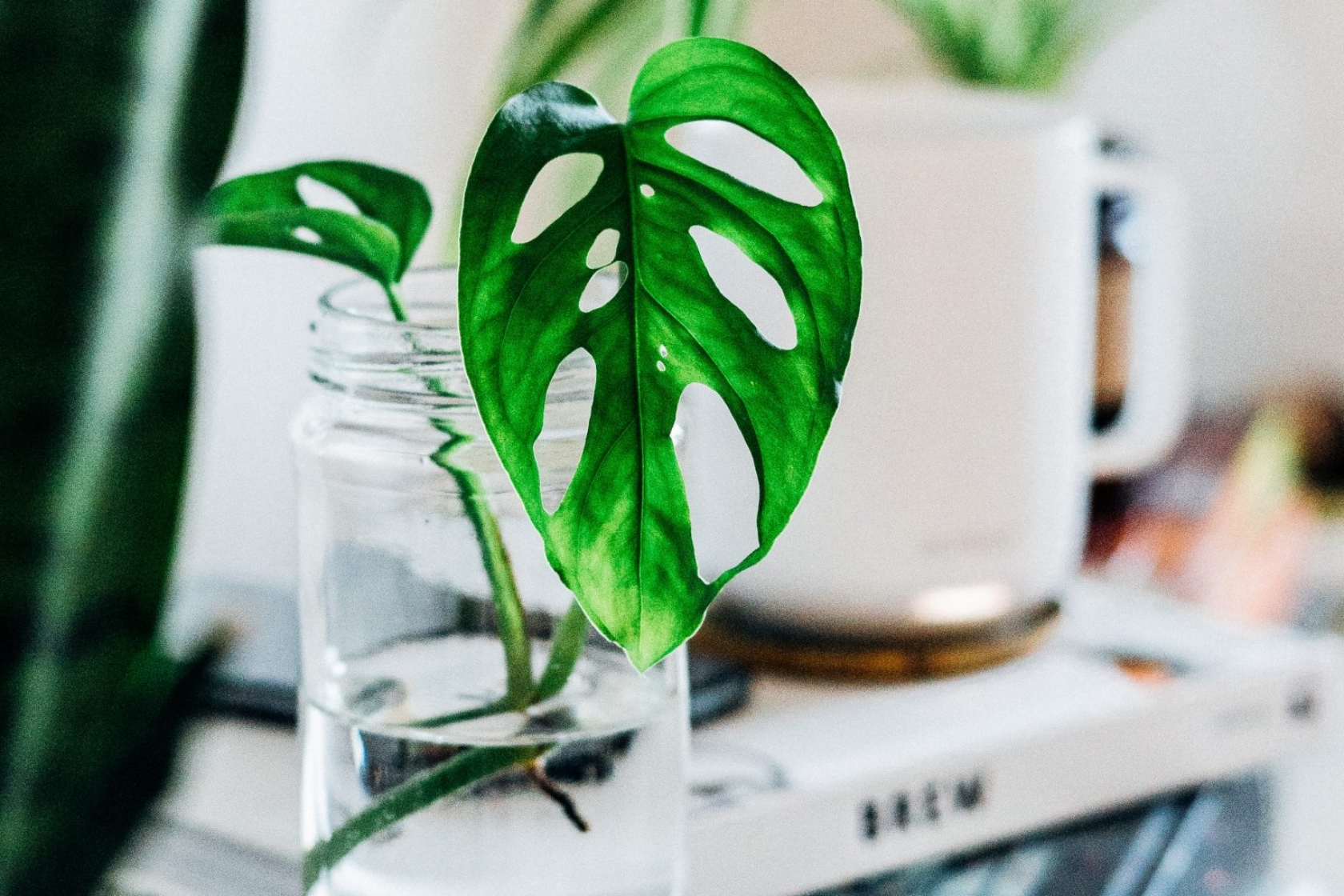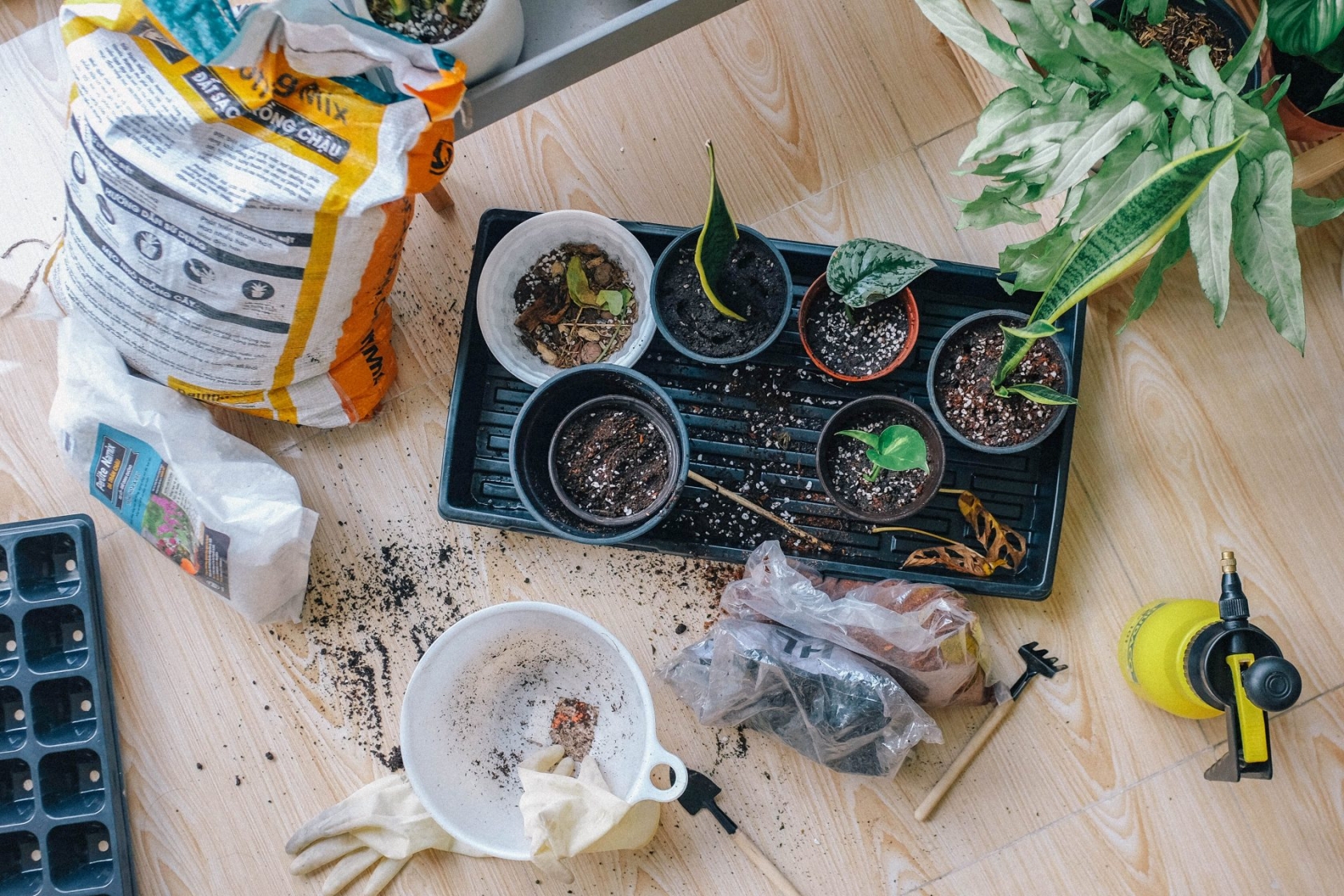
How to grow new plants from cuttings of your old ones
03/31/2021Propagation is a great way to grow your houseplant collection and expand your indoor gardening skills. Here’s how to do it right, according to a plant expert.
As far as your plants’ needs are concerned, this time of year is absolute heaven. With the influx of sunlight, warmer temperatures and longer days, your plants should be in their element over the next couple of months, and will likely produce lots of new shoots and growth as a result.
Because of this, now is also one of the best times to try propagating your plants – that is, taking material from a plant you already own and growing it to create a new one. It may sound super fancy, but that’s all propagating really is: a way to grow your plant collection without spending loads of money at the garden centre or online plant shop.
However, while propagation may not be as complicated as it sounds, it’s not always easy, either. You’ll need to know which method to use, and it can take a little while to see results, so you’ll need to be patient.
Nevertheless, it’s definitely worth a try – especially if you revel in the process of taking care of your plants and watching them grow.
To find out more about propagation – including how to do it and which plants are the easiest to start with – we asked Patch Plant doctors Richard Hull and Richard Cheshire for their top tips. From the easiest plants to propagate to a step-by-step method, here’s what they had to say.
What is propagation?
As we’ve already mentioned, propagation is simply a method by which you can grow new plants from a cutting or part of one which is already established. However, there are a number of different ways to do this.
“There are many ways to propagate a plant such as dividing roots or taking a leaf cutting,” Hull and Cheshire explain.
“Different plants will prefer different methods.”
Although there are lots of different techniques and ways of going about propagation, there are typically three main methods you can use, depending on the plant you want to propagate:
Taking Cuttings: If you’ve heard of propagation before, chances are this is the method you know about. Although the type of cutting you’ll need to take depends on your plant (plants with thick, fleshy leaves like succulents will require only a leaf to be removed, whereas other plants will need a section of stem and some leaves), the aim of the method is the same: to submerge the cutting in water or soil so that it develops roots of its own.
Offsets: Some plants produce baby plants or ‘offsets’ as part of their usual growth – a spider plant is a prime example. In this method of propagation, you simply wait until the baby plant has grown big enough to sustain itself, chop it off and then replant it into a new container.
Root Division: This is a great method to use if your plant is getting too large or bulky, and works best for mature plants with separate stems. To practice root division, all you need to do is pull your plant out of its pot and tease the plant’s roots apart to create separate ‘sections’, which can then be repotted and grown as another plant.
How to propagate a houseplant
Out of the three methods described above, the easiest method of propagation (which works for most houseplants) is using cuttings and propagating them in water. Below, Hull and Cheshire explain exactly how to do this in six easy steps.
- Choose a healthy vine or stem with healthy leaves. Snip below a node (which is where a leaf or aerial root meets the stem).
- Remove two or three leaves from the base of the stem/vine and sit that bare section it in a glass vessel filled with water.
- Place it in bright east facing light and keep the vessel topped up.
- Eventually, new roots will appear – you can leave the cutting in water for a good while to make sure that thick and long roots have developed.
- Plant the cutting in 2/3 houseplant potting mix to 1/3 pearlite (and a sprinkle of rooting powder for extra assurance).
- Watch your plant flourish!
What are the easiest plants to propagate?
All plants can be propagated, but some are much easier than others. According to Hull and Cheshire, these are the three easiest ones for beginners to try:
Devil’s Ivy
“The Devil’s Ivy is a very satisfying and easy plant to propagate,” they say. “Simply take one leaf (the final leaf at the end of a vine) and cut it off about three leaves down. Then remove the bottom two leaves and place the long cutting in a bottle/jar of water and watch how new roots emerge from the ‘leaf nodes’ that are submerged. Once roots are established this can be potted into fresh compost.”
Peace Lily
“Peace Lilies are easily propagated by root division,” Hull and Cheshire explain. “Simply take the plant out of the pot and gently tease and untangle the plant into two separate parts that can be potted on separately. Please note that this is best attempted with mature peace lilies with large root systems.”
String Of Hearts
“Much like the Devil’s Ivy, String Of Hearts plants can be propagated in water, but this time you’ll want to cut a longer vine off,” the pair recommend. “Also consider cutting multiple vines so that you can pot them all together once roots have developed to give the plant a fuller appearance.”
To learn more about propagation and the different methods you can use, check out Patch’s propagation lesson.
Images: Pexels/Unsplash/Patch Plants
Source: Read Full Article




